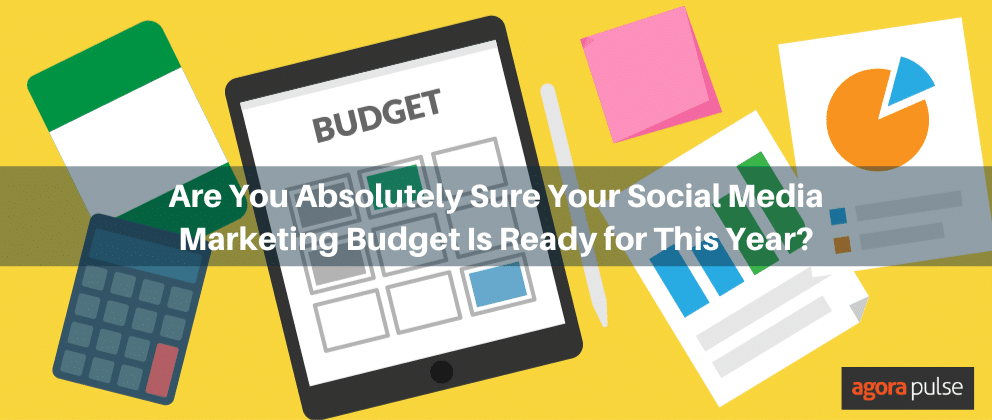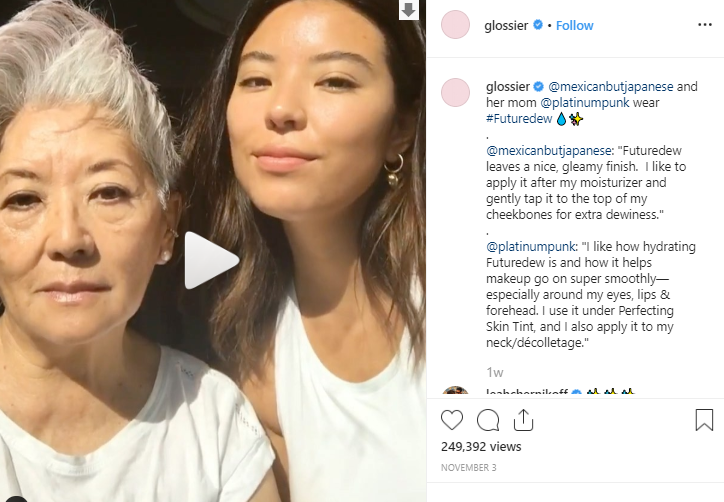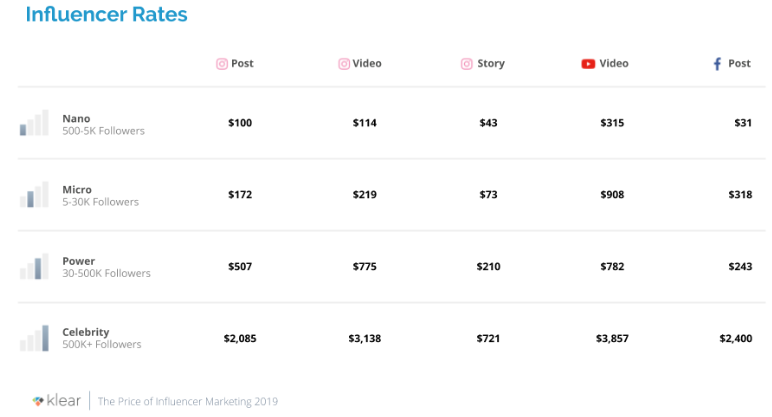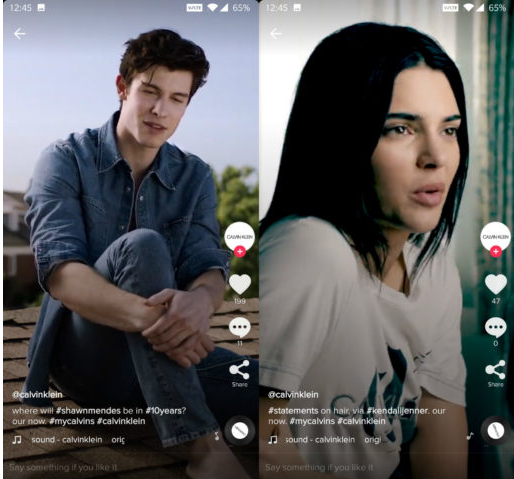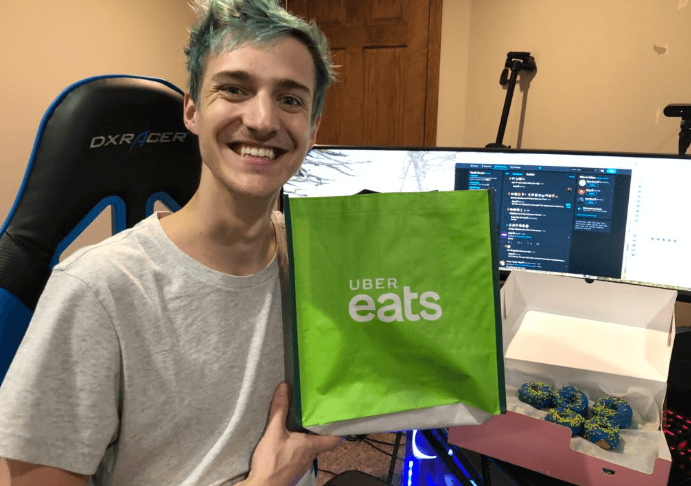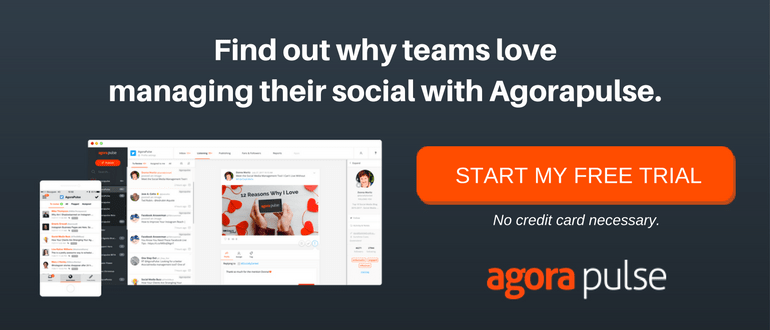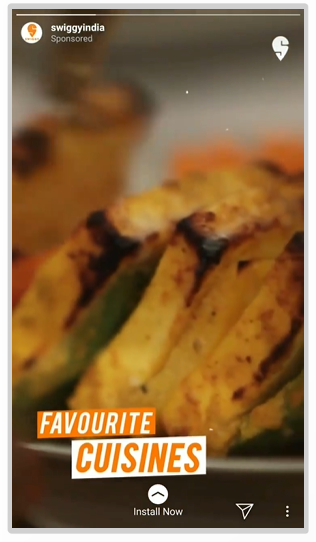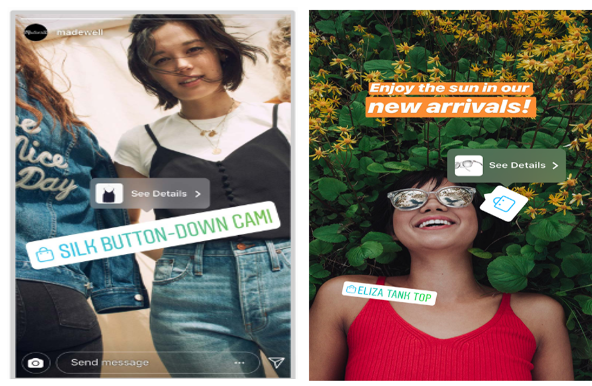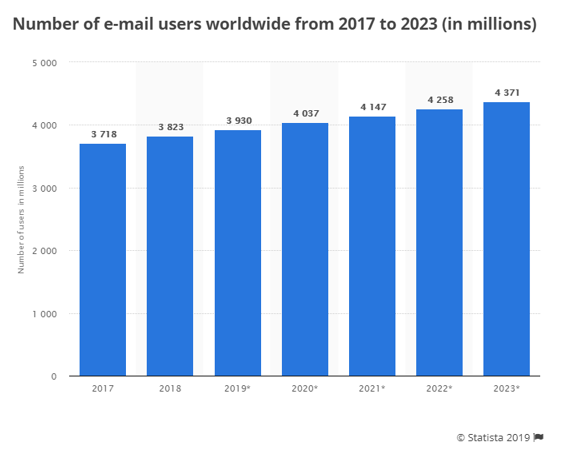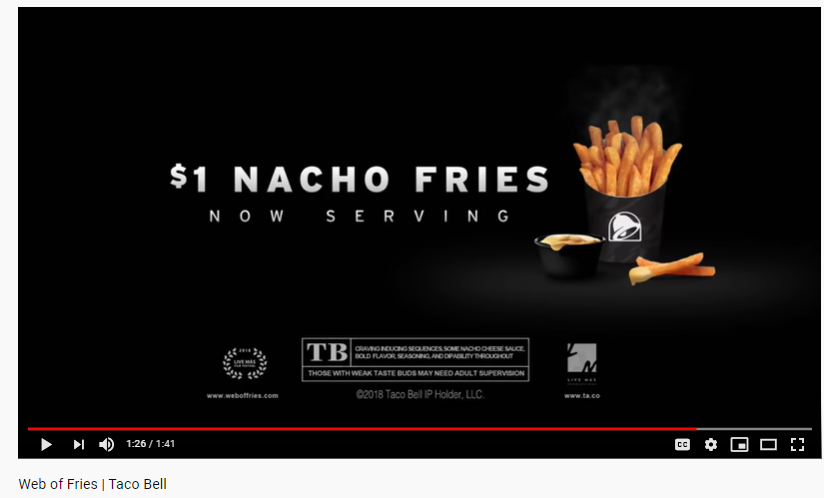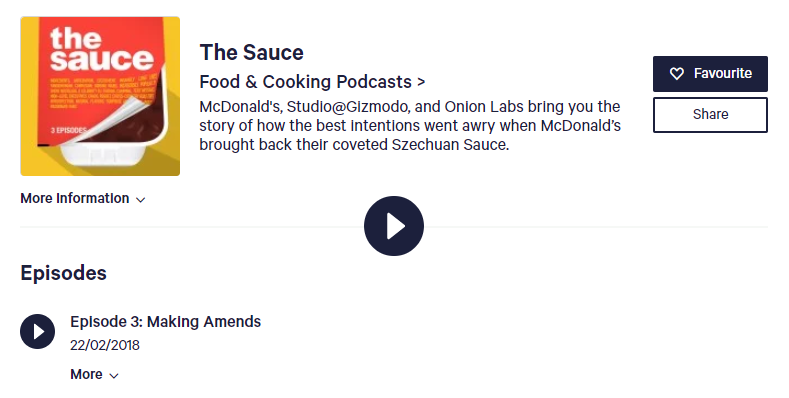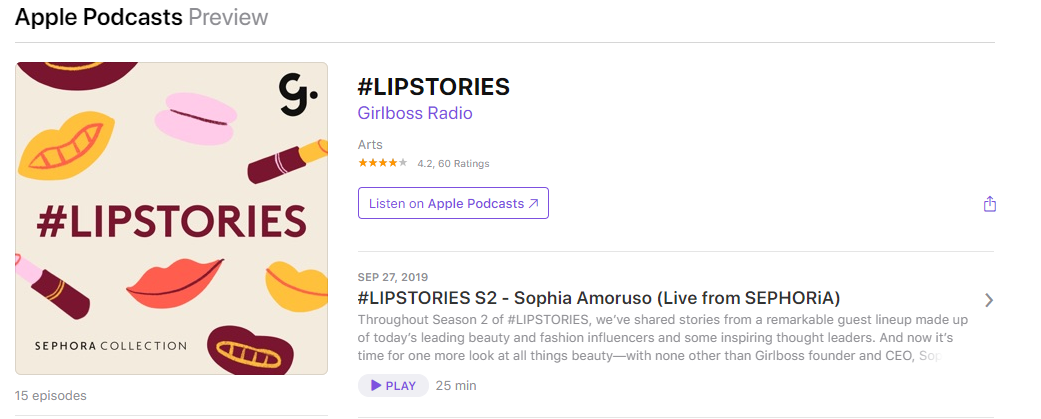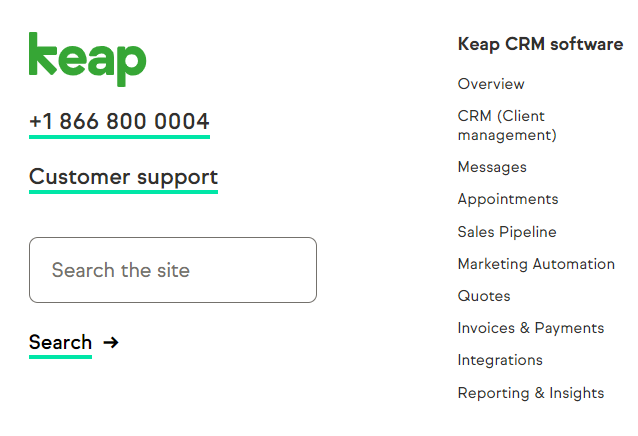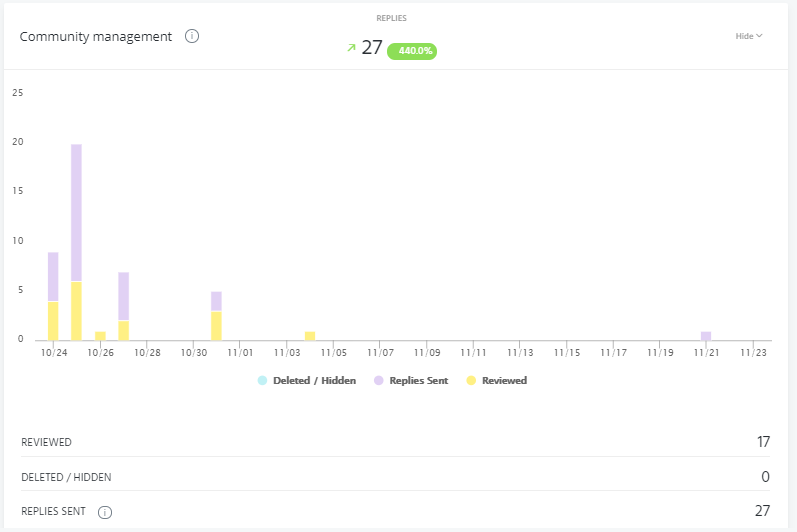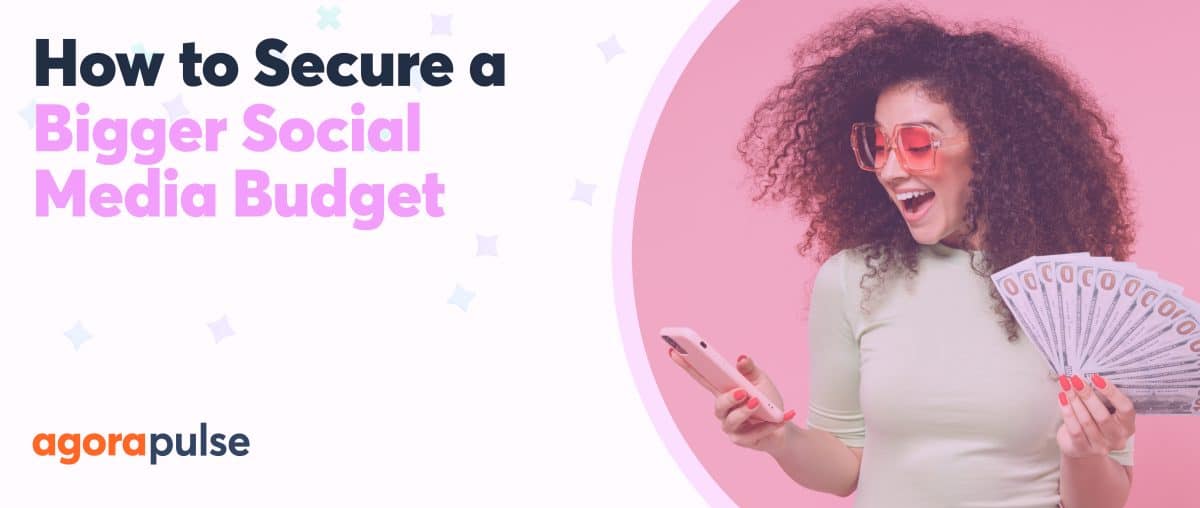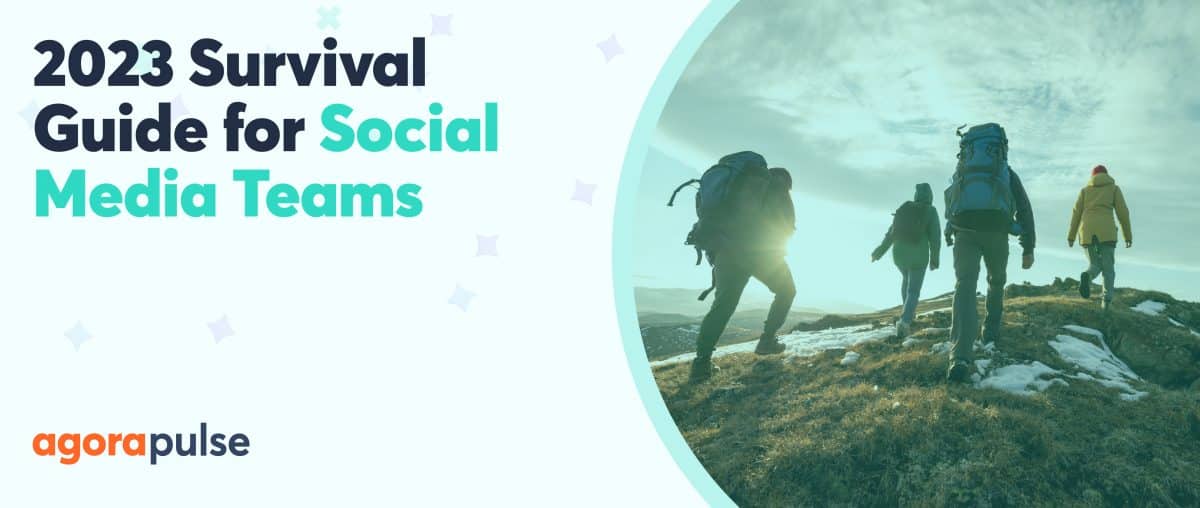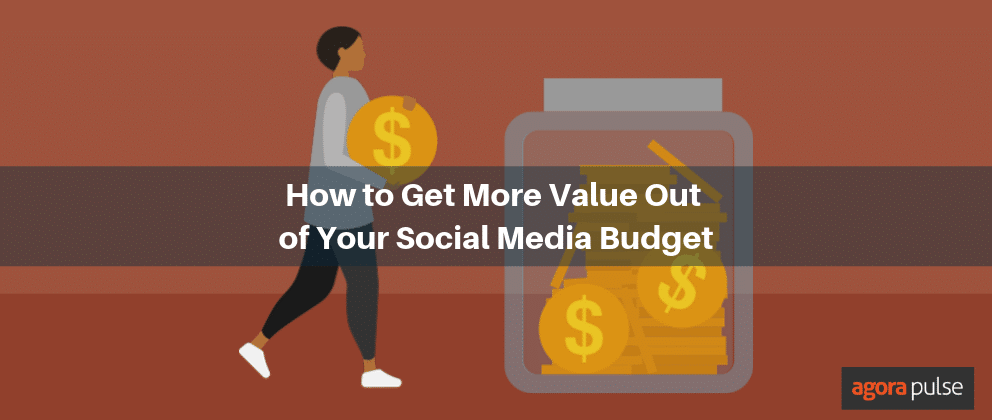The year 2020 is already underway, but it’s not too late to make adjustments and little (or big) tweaks here and there if needed. So, is your social media marketing budget ready to go?
As director of Contentworks Agency, I’m sharing my recommendations for six things to splurge on in 2020 and some saving hacks, too.
Let’s give your budget another look and see whether your focusing on what matters in the new year.
After all, creating a marketing budget is essential for your success. Whether you’re a small business or part of a large marketing team, you need to know what you’re spending and what you need to get back.
1. Influencer marketing
Love it or hate it, influencer marketing is one of the most effective marketing tools in the current era.
To put it in perspective, brands earn an average of $3 for every $1.60 spent on AdWords but influencer marketing delivers an average earned media value (EMV) of $5.20 per $1 spent.
In the past, influencers were celebrities with millions of followers but now, consumers care more about authenticity than follower numbers.
For example, Glossier treats all its customers as potential influencers. To date, the brand has built a network of over 500 “influencers” who routinely post about their beauty routines and favorite Glossier products.
Why this influencer approach works
Customers trust the product recommendations more because they are from people who actually use the products. This authentic approach is cultivating genuine social interactions that will become even more important as social media platforms such as Instagram remove “likes” from feeds.
Marketing budget tip: Spend money on influencer marketing that will increase engagement
Consider partnering with micro-influencers over macro-influencers. Micro-influencers are the most engaging group of influencers that also produce greater ROI.
Cost: On average, micro-influencers cost 1.5x less than macro-influencers and 7x less than celebrity influencers on Facebook, Instagram, and YouTube.
Engagement: Micro-influencers generally drive 7x more engagement than macro-influencers.
ROI: Micro-influencers deliver 30% better ROI per $1 spent than micro-influencers and 20% better ROI than celebrity influencers.
Marketing budget tip: Repurpose influencer content across platforms
This will increase the value of your campaign and get as much ROI as possible from each piece of content. Some ways to repurpose content include:
- Email. Influencer-generated content (IGC) is a creative asset that provides social proof. You can leverage diverse IGC to create personalized emails.
- Reposts. You can repost content that your influencers have shared. Not only does this give you free content, but it also increases your reach.
- Paid social media ads. Identify the most successful content from an influencer campaign and use it to create highly-targeted ads. Ads with IGC generate 5x more click-through rates.
- Websites. IGC makes your products more relatable. 84% of millennials report that IGC on company sites has at least some influence on what they purchase.
Marketing budget tip 2: Embrace emerging alternative platforms
Instagram, Facebook, YouTube, and Snapchat are effective marketing channels. But (and it’s a big “but”) newer platforms are gaining popularity, especially among the younger generations who make up a significant proportion of consumers.
TikTok
Audience: Around 500 million active users
Cost: A branded video promoted by micro-influencers on TikTok typically costs between $200 and $2,500.
Who is using TikTok?
Calvin Klein launched the #MyCalvins campaign to improve its sales position.
Result: Twenty-four hours after launching the campaign on TikTok it became Calvin Klein’s most successful digital campaign ever, receiving 10x more engagement than its last most successful campaign which ran in 2015.
Twitch
Audience: 15 million active daily users. A super-targeted audience where 82% of its users are male and 55% are aged 13 to 34.
Cost: Twitch sponsorships typically cost one cent to $1 per viewer per hour. This means a streamer who averages 5,000 viewers can cost you an average of $2,500 per hour of gameplay.
Who’s using Twitch?
Gillette collaborated with DrDisRespect to promote its razors to Twitch’s largely male audience. DrDisRespect even included Gillette’s “best a man can get” slogan in his theme song.
Although the platform is male-dominated, collaboration doesn’t have to focus on male-centric products. For instance, UberEats collaborated with Tyler Blevins to promote its services.
The campaign challenge: For every kill on the game Fortnite, Blevins’ fans would get 1% off their UberEats orders. The challenge began when Blevins ordered Quizno’s through UberEats and ended when the food was delivered at his door.
Blevins won a total of 25% off for his fans. The campaign was so successful that UberEats received the maximum number of redemptions in just one day when the campaign was initially meant to run over three days.
Key takeaway: Consumer tastes are morphing in influencer marketing, so look at cleverly aligned partnerships and multi-channel promotions.
2. Social media stories
Social media stories are a cost-effective way to drive sales compared to traditional marketing methods.
CPM: The average CPM across Instagram, Facebook, and YouTube is $8.26 per 1,000 impressions. This is cheaper than the average CPM with a major magazine of $1.09 per impression and the average broadcast TV CPM of $17 per 1,000 viewers.
Conversion: A study showed the conversion rate of TV ads to be around 5.14%. On the other hand, Instagram stories have a killer conversion rate that averages between 15% and 25%. Another problem with TV ads is being able to track conversions effectively and account for your budgeting spend. With stories, you get a higher ROI and conversion for a fraction of the cost.
Success Story
Online food delivery platform Swiggy used Instagram story ads to find new customers and drive app installs. The brand increased installs by 17% and achieved a 30% lower cost per install.
Marketing budget tip: Spend on shoppable posts
You can now tag specific products in Instagram stories. With the product sticker feature, your customers can now tap on each sticker to get more product information and ultimately, make a purchase. This is a great way to bring attention to your products and boost sales without being too sales-y.
Saving tip: Opt for Carousel ads for Instagram stories over single-image link ads. The former drives 30-50% lower cost-per-conversion and 20-30% lower cost-per-click.
Getting started with stories
- Get an Instagram business account. Benefits of this account include the ability to add shoppable tags to your images, create ads and access Instagram Insights.
- Track metrics to determine whether your stories are encouraging users to take action.
3. Email marketing
With a potential ROI of up to 4400%, email marketing remains one of the best ways to attract customers. Email usage is set to increase and younger generations also view email as a “fact of everyday life.”
However, just like social influencer marketing, email marketing is also evolving. Sending mass generic emails is no longer effective. Your email campaigns must be targeted.
Marketing budget tip: Targeted email campaigns make your budget for further
- Segment your list. Segmentation allows you to deliver targeted emails that correspond to your audience’s interests. This will likely increase your click-through rate and increase your revenue by up to 760%. Examples of segmentation criteria include age, interests, past purchases, and location.
- Personalized emails boost click-through rates by an average of 14% and conversions by 10%. Address a customer by their name and provide intuitive, dynamic content. For example, your product images should match the preferences of the customer you’re emailing.For example, Netflix is a master of personalized marketing. The brand not only personalizes emails but analyzes your watch data to make appropriate recommendations. (And yes, Netflix, I will be binge-watching The Crown this weekend thank you!)
Key takeaway: The issue of relevance will become more important as email marketing continues to evolve. Use buyer personas to better understand your audience’s needs and deliver relevant campaigns.
4. Video
Think about how much time you spend viewing videos versus watching TV or reading a print magazine. The time spent reading magazines has dropped by 56% and traditional TV watching continues to wane, especially among younger consumers who watch 40% less traditional TV than they did five years ago.
Video content is big news right now; 6 out of 10 people prefer watching online videos over TV. Video marketing gets 66% more qualified leads than other digital marketing media and marketers who use video increase revenue 49% faster than non-video users.
Marketing budget tip: Upgrade your video content marketing
- A 30-second mainstream TV ad, which may not even reach your target audience, will cost around a third of a million dollars excluding setup costs. On the other hand, targeted YouTube ads cost on average, $0.10 – $0.30 per view. Reaching 100,000 YouTube viewers will cost around $20,000.
- It’s difficult and expensive to adjust TV ads. However, you can constantly track, measure, and make adjustments to your online videos in real-time to optimize your spending.
- A YouTube animated video can be made relatively cheaply or even inhouse using video creation tools like Powtoon. It’s, therefore, worth planning and paying for the right software.
Success story
Taco Bell launched its nacho fries with the “Web of Fries” video campaign. Fries are common, and so to get people’s attention, the brand used a 90-second faux movie trailer with funny thriller clichés.
The result: The campaign was a hit. With 53 million orders being sold in the first five weeks, Taco Bell’s nacho fries became one of the most successful food launches in history.
Key takeaway: Consumers expect more video content and investing in video is definitely a priority. Providing quality video is a must and you can team with expert video marketers to simplify your creative process.
5. Podcasts
Audio marketing is an effective way to reach your audience. 272 million Americans listen to the radio each week, however, this number has been stagnant since 2017 and in the UK, listening time among Gen Zers has dropped by 40%.
In contrast, the number of active podcasts has increased by 27% to 700,000. The number of podcast listeners is expected to grow by 53% to 132 million by 2022 in the US alone and 7 in 10 millennials and Gen Zers are listening to podcasts.
Marketing budget tip: Splurge on podcast adoption
- Cost: Depending on the location and size of your audience, radio advertising costs range from $200 to $5,000 per week. On the other hand, you can expect to spend $200-$500 to start a good quality podcast.
- Podcasts are flexible: Radio ads can only run during agreed-upon times but podcasts are more flexible and extremely convenient. Your listeners can tune in anytime and at any place.
- Podcasts Fit Busy Lives: We’re busy and so is our target audience. Podcasts are popular with users who multitask activities like listening while working out or commuting.
Saving tip
Building a listenership can take time and buying podcast advertising is a cost-effective way to leverage podcasting and start getting results in the short-term. Buying advertising puts you in front of an audience that already trusts their host and is likely to pay attention to their ads. The average cost of a 30-second ad is $18 per 1,000 listeners and $25 per 1,000 listeners for a 60-second ad.
Success stories
McDonald’s “The Sauce” podcast follows an investigative format and addresses a public relations problem that was created by the limited distribution of a popular sauce. The podcast is rebuilding the brand’s message and consumer trust.
Sephora is increasing brand awareness with its #LIPSTORIES podcast through empowering and uplifting stories.
Key takeaway: With valuable content, podcasts are a great long-term strategy for building loyalty and brand awareness. You can also use them to establish brand authority.
6. All-in-one software
Marketing tech is an essential part of your 2020 marketing budget, but it doesn’t have to be overly expensive. You can cut costs by opting for all-in-one software solutions over multiple individual software solutions.
For example, Keap provides all-in-one solutions for CRM and email and marketing automation. Its cheapest plan costs $34 per month. However, taking the cheapest plan for three different providers who provide CRM and email and marketing automation individually gives a minimum cost of $76.
And, of course, for social media marketing, Agorapulse is the ultimate management tool, with monitoring, publishing, team collaboration, scheduling, and multi-account management.
Tip: Go for software that includes reporting. Shareholders will want to account for marketing spend and see results in easily digestible formats. A neat report collated at the touch of a button is a huge time saver!
Key takeaway: All-in-one software solutions will help you cut costs, but you may still need to invest in additional tools to suit your marketing needs.
* * *
Sign up now for a FREE demo.
